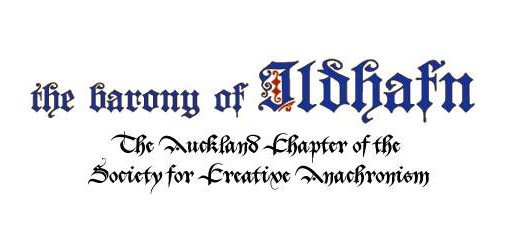Date:
16th century (likely composed c. 1590)
Description:
“Phyllis Farewell” is a Renaissance English madrigal composed by Thomas Belston, a lesser-known English composer of the period. The piece is a parting song in which the singer bids farewell to Phyllis, a beloved figure. Like many madrigals of the time, it blends themes of love, loss, and longing, using expressive musical techniques to convey the bittersweet emotion of separation. The madrigal is characteristic of the late 16th century, with its gentle harmonic progressions and lyricism.
Discussion:
The piece employs a simple, yet effective, homophonic texture throughout, making it accessible to both amateur and professional choirs. It focuses on clarity and simplicity in its vocal lines, which was typical of madrigals from this period. The lyrical quality of the music, combined with the farewell theme, makes it a poignant and expressive work, ideal for performances in intimate settings or for smaller vocal ensembles.
Although not as widely known as some of the more famous madrigals, “Phyllis Farewell” is appreciated for its melodic charm and emotional depth. It is an excellent piece for choirs looking to explore English Renaissance music.
Composer:
Thomas Belston (fl. 16th century)
Arranged by:
Various modern arrangers for SATB, SSAA, or other voice combinations
Sheet Music:
Available in collections of English madrigals, such as those by Oxford University Press or in Renaissance madrigal anthologies
The arrangement we use is available here as a pdf, mus, or musescore file
Parts:
Originally written for 3–4 voices, typically SSA or TTB, but modern arrangements may include SATB
Type:
English madrigal
Language:
Early Modern English
Ranges:
Soprano: up to F5
Alto: up to C5
Tenor: up to E4
Bass: down to G2
Suitable for small vocal ensembles or amateur choirs with a moderate vocal range
Advice for beginners:
Focus on clear pronunciation of the Early Modern English text and maintain smooth phrasing throughout the piece. Although the piece is relatively simple in texture, balance between voices is important, particularly in the harmonies. Take time to express the bittersweet emotion in the lyrics through dynamic shaping and careful attention to tone.
Sound Files:
Here are some sound files for reference. All parts, soprano, alto, tenor, bass
